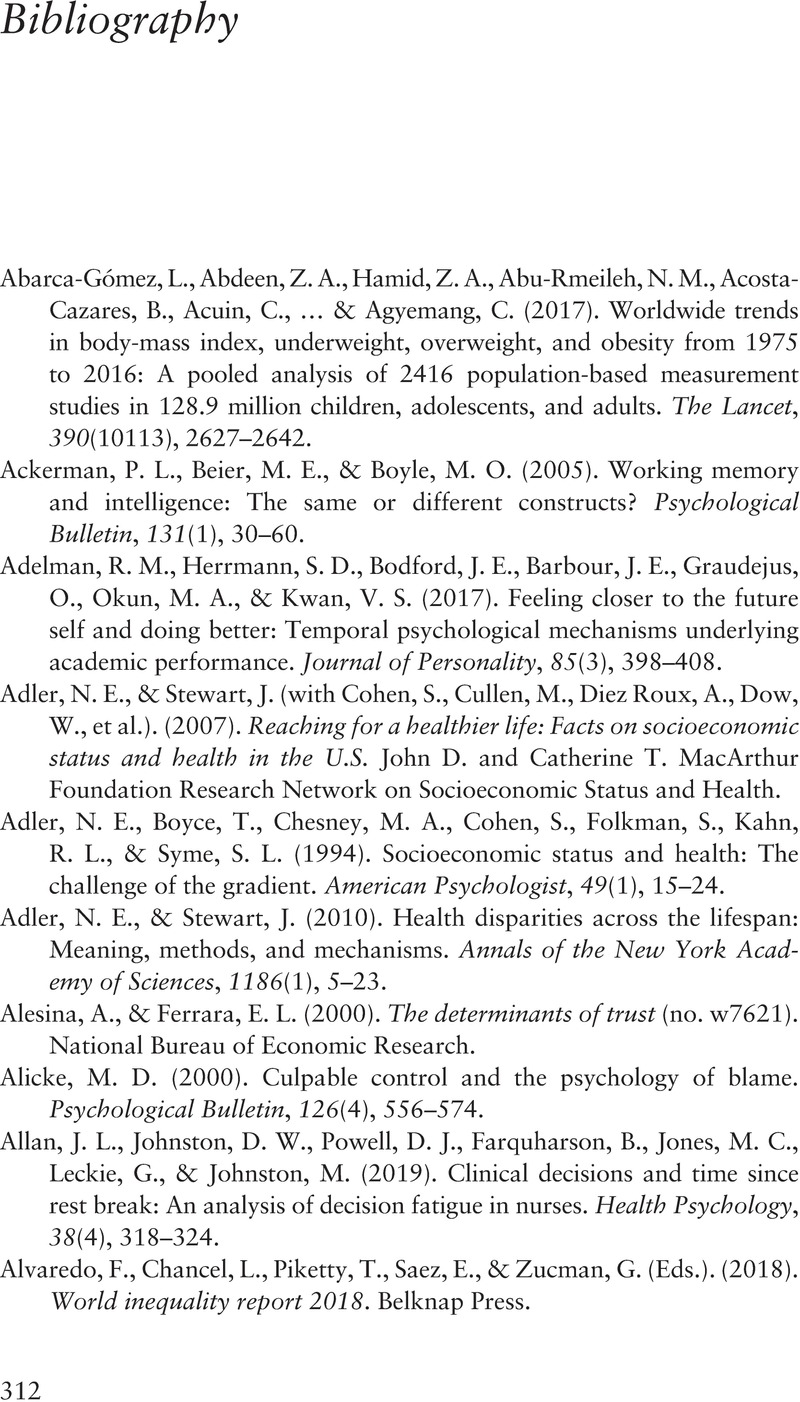 Self-Control
Self-Control Bibliography
Published online by Cambridge University Press: 20 August 2022
Summary

- Type
- Chapter
- Information
- Self-ControlIndividual Differences and What They Mean for Personal Responsibility and Public Policy, pp. 312 - 349Publisher: Cambridge University PressPrint publication year: 2022
